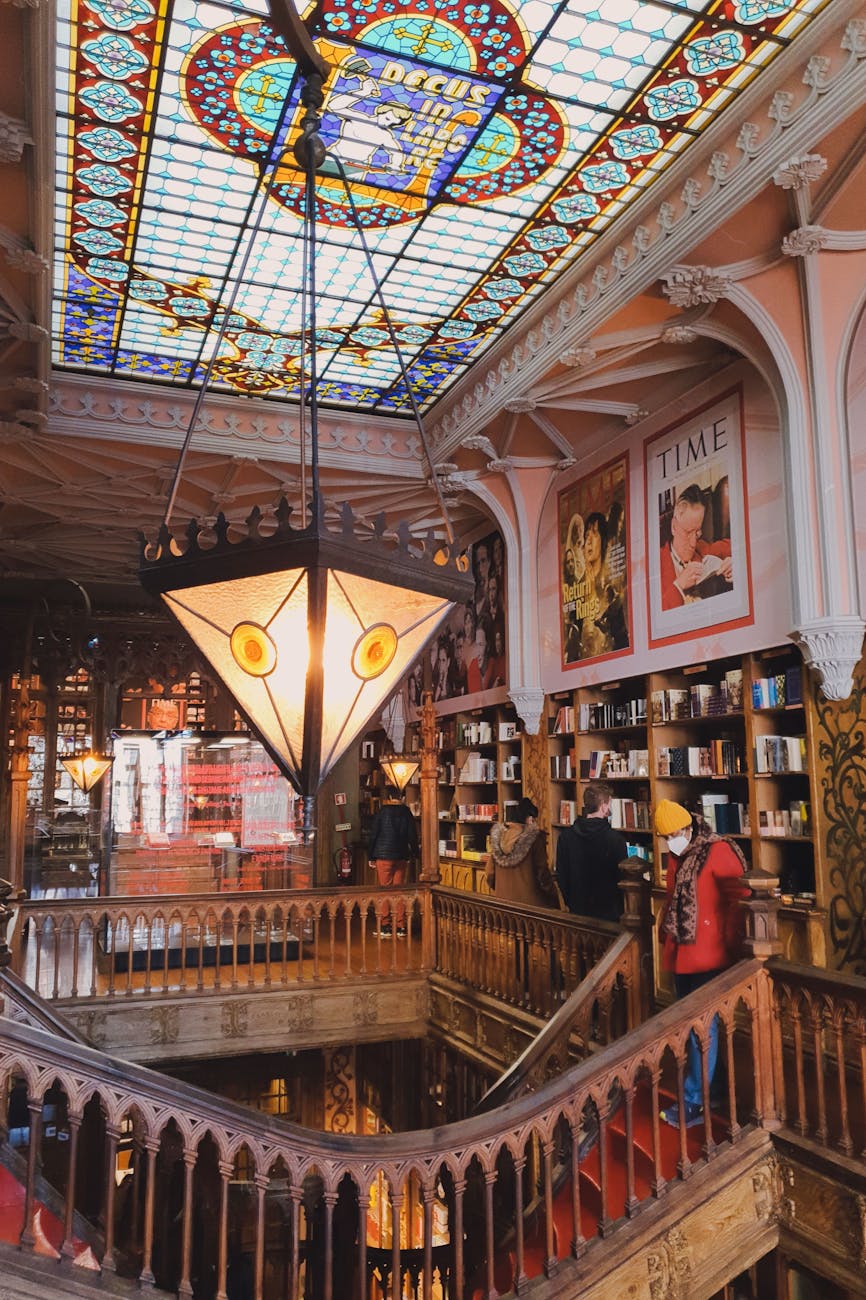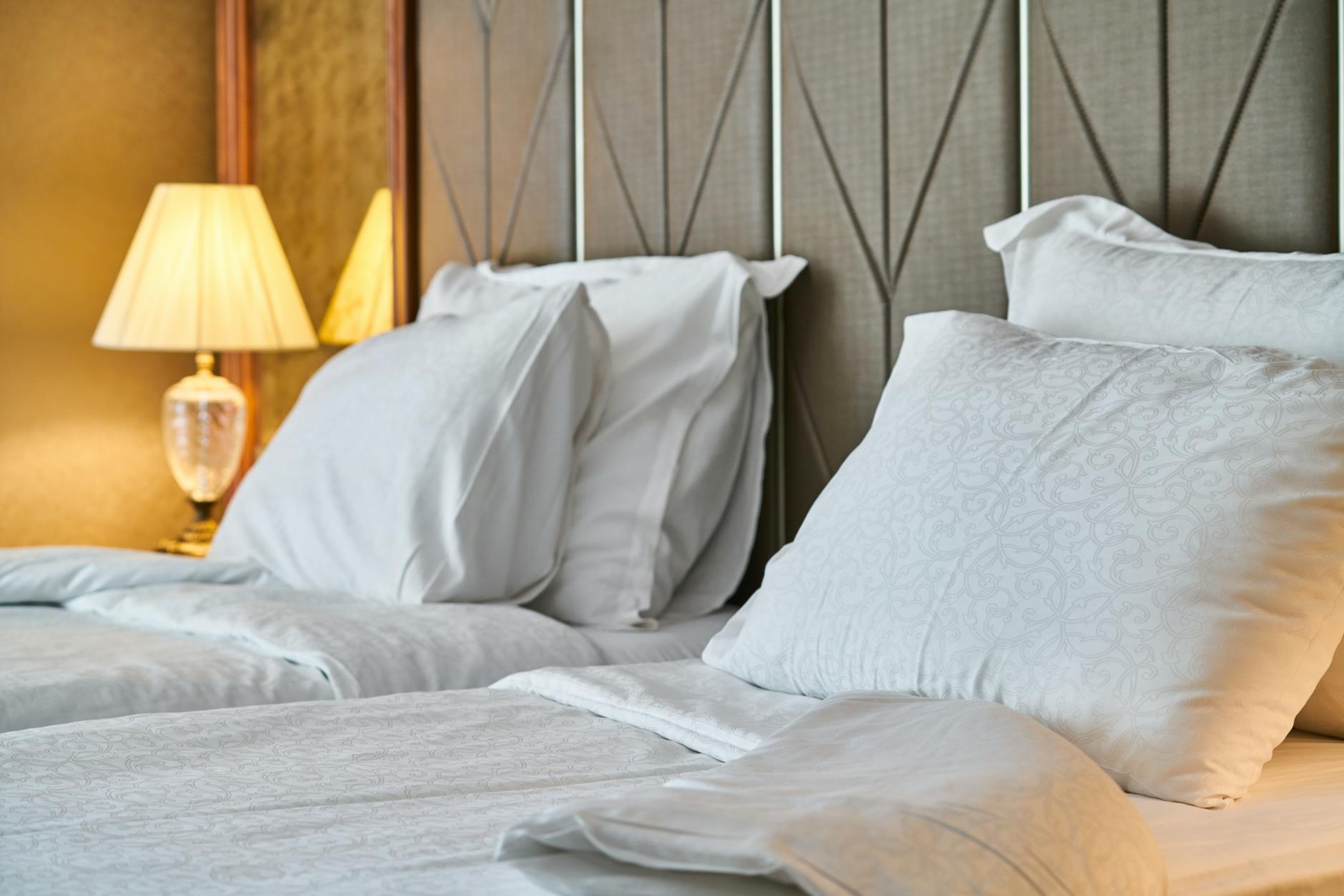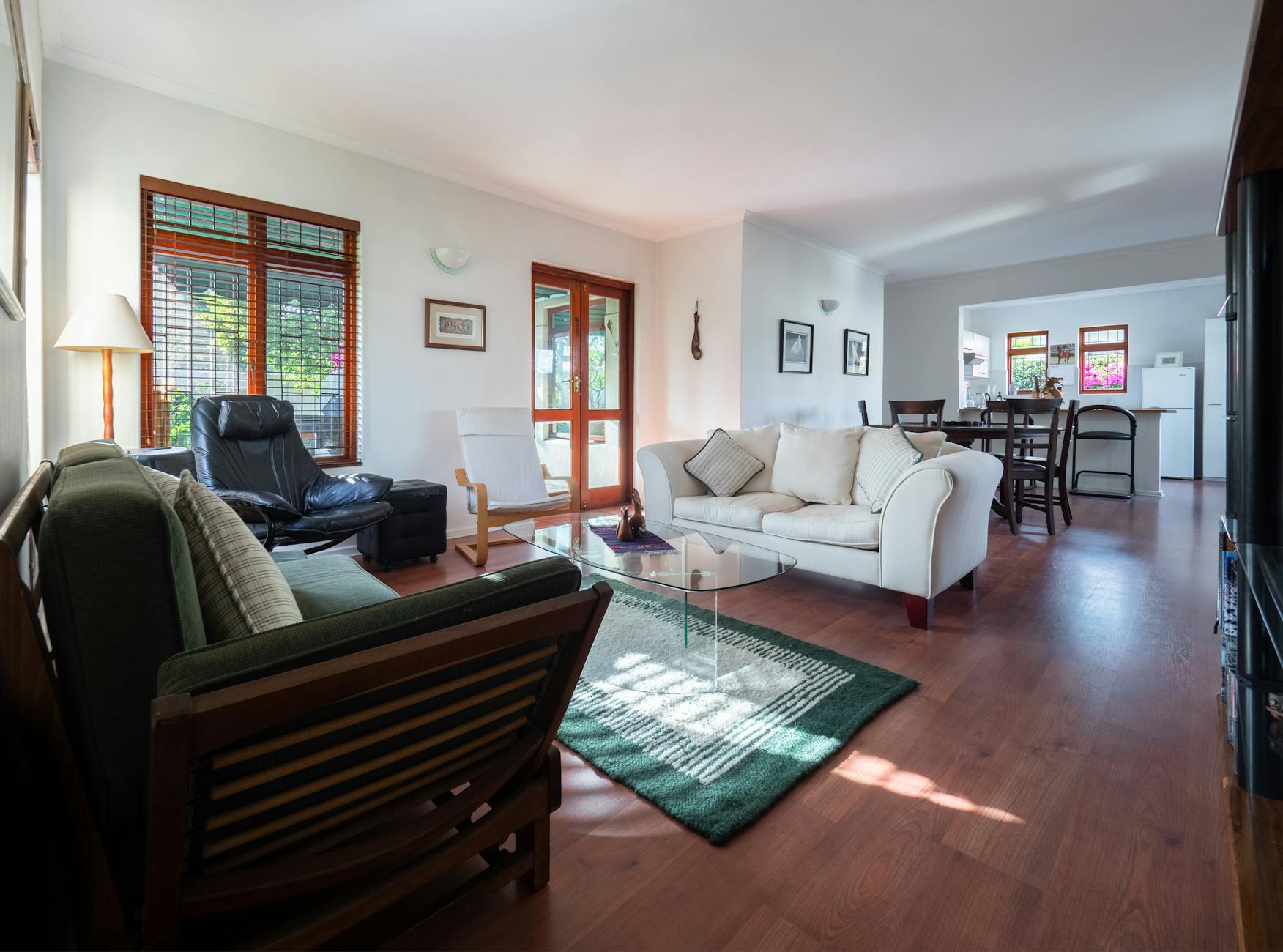What to Look For When Buying a Vintage Lamp
Whether you are a seasoned antique collector or a curious hobbyist looking to add some character to your home, vintage lamps can be a timeless addition. These pieces can bring elegance, warmth, and a unique story into any room. However, buying a vintage lamp requires a discerning eye and knowledge to ensure you’re getting a genuine piece of value. In this article, we’ll explore the key factors to consider when purchasing a vintage lamp.
1. Identify the Era and Style
Vintage lamps come in a variety of styles that often correspond to different historical periods such as Art Deco, Mid-Century Modern, Victorian, or the Arts and Crafts movement. Understanding the era can provide insights into the lamp’s design features, materials, and typical craftsmanship, assisting you in identifying its authenticity. Research distinct characteristics of the period and style you’re interested in before making a purchase.
2. Examine the Materials
The material of the lamp is a crucial indicator of its age and authenticity. Common materials used in vintage lamps include brass, bronze, glass, ceramic, and porcelain. Ensure that the materials have the appropriate patina for their age—too much polish can indicate over-restoration or reproduction. Additionally, assess the condition for any cracks or repairs, especially on the lampshade and base.
3. Check the Wiring and Functionality
It’s essential to check the electrical components of a vintage lamp. Many older lamps may not have wiring that meets current safety standards. Look for frayed cords, damaged sockets, or outdated plugs. While rewiring is common to bring the lamp up to standard, consider whether the lamp’s price justifies the additional costs of repairs or rewiring. Some collectors prefer leaving the original wiring intact for authenticity, so weigh these considerations based on your preferences.
4. Assess the Provenance and Maker’s Marks
Provenance refers to the documented history of an antique. A lamp with a clear history or originating from a reputable manufacturer often holds more value. Look for maker’s marks, often found on the bottom or back of the lamp, which can provide clues to its origin. Familiarize yourself with notable lamp manufacturers from the period you’re interested in, and use this knowledge to authenticate your piece.
5. Condition and Restoration
Evaluate the condition carefully, noting any restorations. Restorations can affect the value—either positively or negatively—depending on the quality and extent. Ideally, restorations should be minimal and professionally done to retain authenticity. Be wary of lamps that appear too new or have mismatched parts, as they might be reproductions instead of authentic vintage pieces.
6. Size and Fit for Your Space
Beyond authenticity and style, ensure that the lamp suits the size and aesthetic of the room you’re intending to use it in. A lamp might be stunning but overcrowded or overshadowed if it doesn’t fit seamlessly with your space. Measure the intended spot and envision the lamp there to ensure it complements the existing décor.
7. Trustworthy Sources
The place you purchase from can greatly affect your buying experience. Opt for reputable antique stores, auctions, or certified dealers specializing in vintage items. Online marketplaces can also offer a wide range of options, but it’s crucial to read reviews, check seller ratings, and ensure there’s a return policy.
Purchasing a vintage lamp is a blend of art and science—merging an appreciation for historical beauty with the practicalities of home décor and safe functionality. By considering these elements, you ensure that the lamp you choose is both a wise investment and a cherished addition to your living space.





